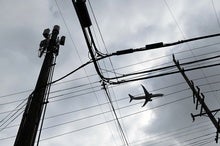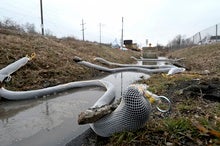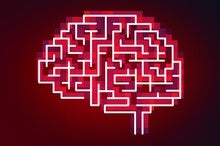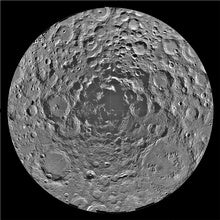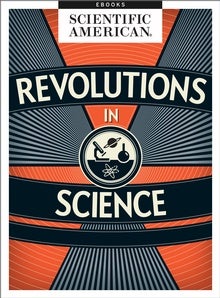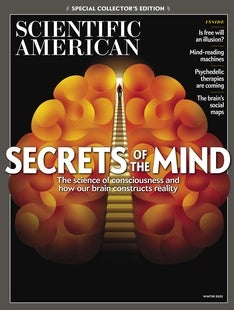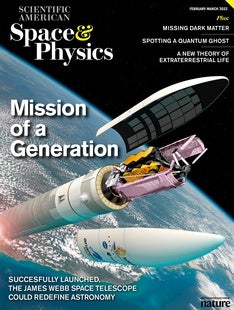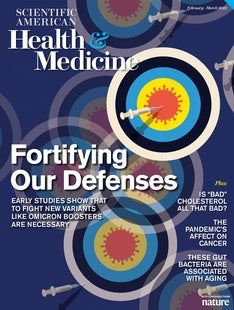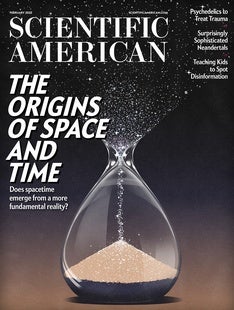 |
| February 01, 2022 |
Dear Reader,
Lithium-ion batteries are key for both the portability of electronics and the storage of renewable energy. As demand grows, mines are straining to provide sufficient amounts of the minerals that make up these rechargeable batteries. A new recycling method could help reinforce the necessary supplies. |
| | Sophie Bushwick, Associate Editor, Technology | |
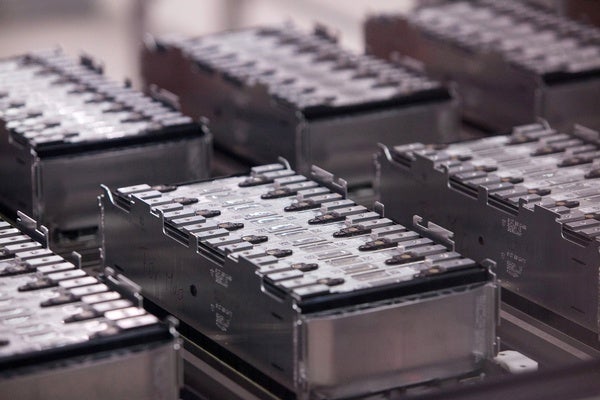 |
| |
| |
| |
| |
| |
| |
| |
| |
| |
FROM THE STORE
 | |
Revolutions in Science Normally science proceeds in incremental steps, but sometimes a discovery is so profound that it causes a paradigm shift. This eBook is a collection of articles about those kinds of advances, including revolutionary discoveries about the origin of life, theories of learning, formation of the solar system and more. *Editor's Note: Revolutions in Science was originally published as a Collector’s Edition. The eBook adaptation contains all of the articles, but some of the artwork has been removed to optimize viewing on mobile devices. |  | | |
| QUOTE OF THE DAY
 "Researchers at EPFL in Switzerland believe that besting an aerial adversary requires an aerial approach, and so they've deployed an autonomous system that can identify roof-invading pigeons and then send a drone over to chase them away." Evan Ackerman, IEEE Spectrum | |
| |
FROM THE ARCHIVE
 | | | |
LATEST ISSUES
 |
| |
| Questions? Comments?  | |
| Download the Scientific American App |
| |
| |



